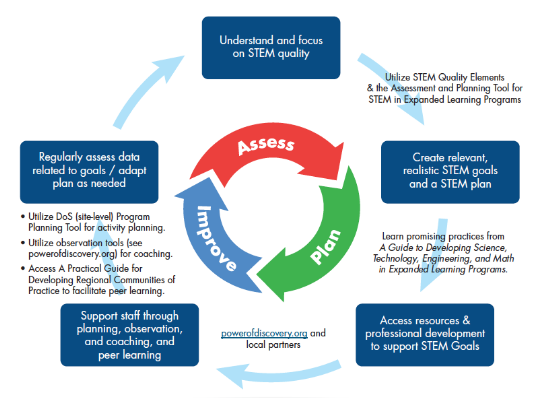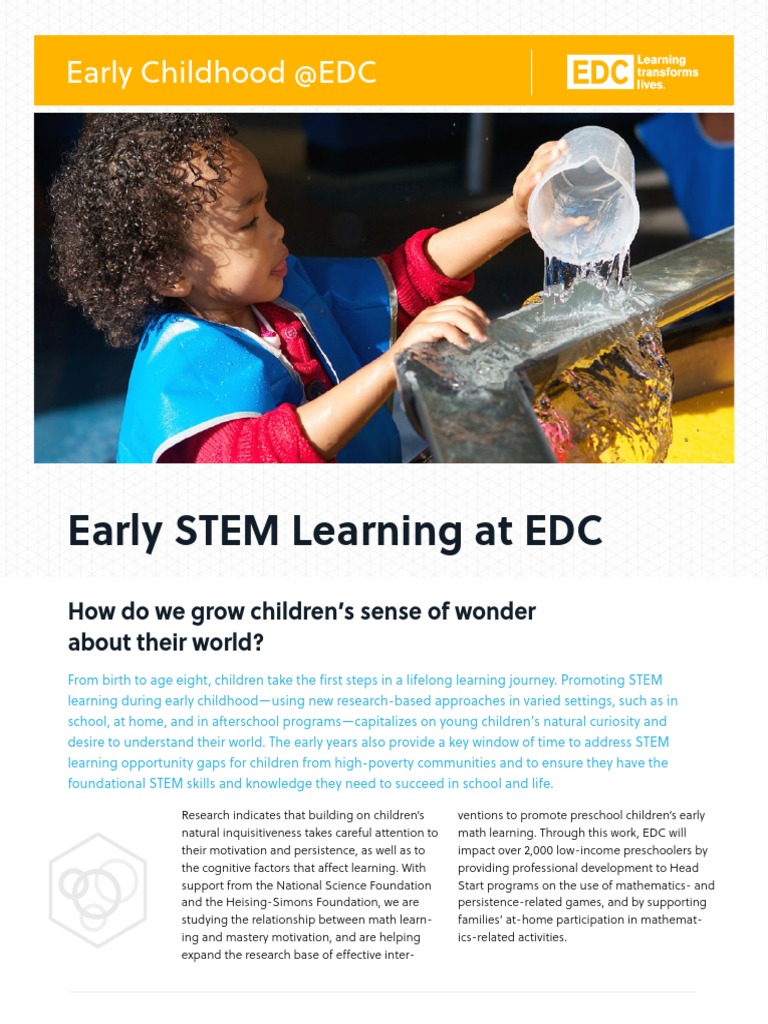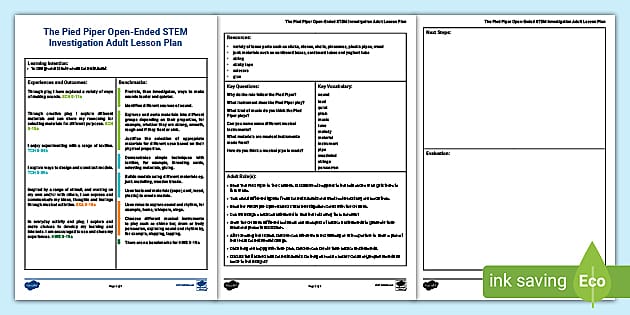Mastering CS Teaching Essential Tips for Educators
Teaching computer science (CS) can be both rewarding and challenging. Here are essential tips from seasoned educators to help you master the art of CS teaching and create impactful learning experiences for your students.
Embrace a Growth Mindset
In the world of CS, technology is constantly evolving, and there’s always something new to learn. As a CS educator, it’s crucial to embrace a growth mindset. Be open to trying new tools, languages, and teaching methods. Remember that mistakes are opportunities for learning, both for you and your students. Stay curious, stay adaptable, and keep exploring the ever-changing landscape of CS education.
Start with Clear Learning Objectives
Before diving into your CS lessons, take the time to establish clear learning objectives. What do you want your students to achieve by the end of the lesson or unit? Define specific skills, concepts, or problem-solving abilities you want them to develop. Clear objectives not only guide your teaching but also help students understand what they are working towards.
Make CS Relevant and Engaging
CS can sometimes seem abstract or daunting to students, especially beginners. To make it more accessible, relate CS concepts to real-world examples and applications. Show students how coding and technology are used in fields they are interested in, such as game development, app creation, robotics, or data analysis. Engage them with hands-on projects, coding challenges, and interactive activities that make learning CS fun and relevant.
Provide Opportunities for Collaboration
Collaboration is a valuable skill in the tech industry, and CS classrooms are the perfect place to develop it. Encourage students to work together on coding projects, problem-solving tasks, or group challenges. Collaboration not only enhances their technical skills but also fosters teamwork, communication, and shared learning experiences.
Use a Variety of Teaching Methods
CS is a multifaceted field with diverse topics and skills to cover. Use a mix of teaching methods to cater to different learning styles and preferences. Combine lectures with hands-on coding labs, interactive simulations, peer teaching sessions, and multimedia resources. This variety keeps students engaged and allows them to explore CS concepts from different angles.
Incorporate Real-World Projects
One of the best ways for students to understand CS concepts is by applying them to real-world projects. Encourage students to work on coding projects that solve authentic problems or address community needs. This hands-on approach not only deepens their understanding but also gives them a sense of purpose and accomplishment in their work.
Provide Ongoing Feedback and Support
Feedback is essential for student growth and learning. Regularly assess student progress through coding assessments, project reviews, and class discussions. Offer constructive feedback that highlights both strengths and areas for improvement. Be approachable and available for one-on-one support, whether it’s answering questions, debugging code, or providing additional resources.
Stay Updated on Industry Trends
The tech industry moves quickly, with new programming languages, tools, and trends emerging regularly. Stay informed about industry developments by attending tech conferences, webinars, or workshops. Follow tech blogs, podcasts, and online forums to stay updated on













